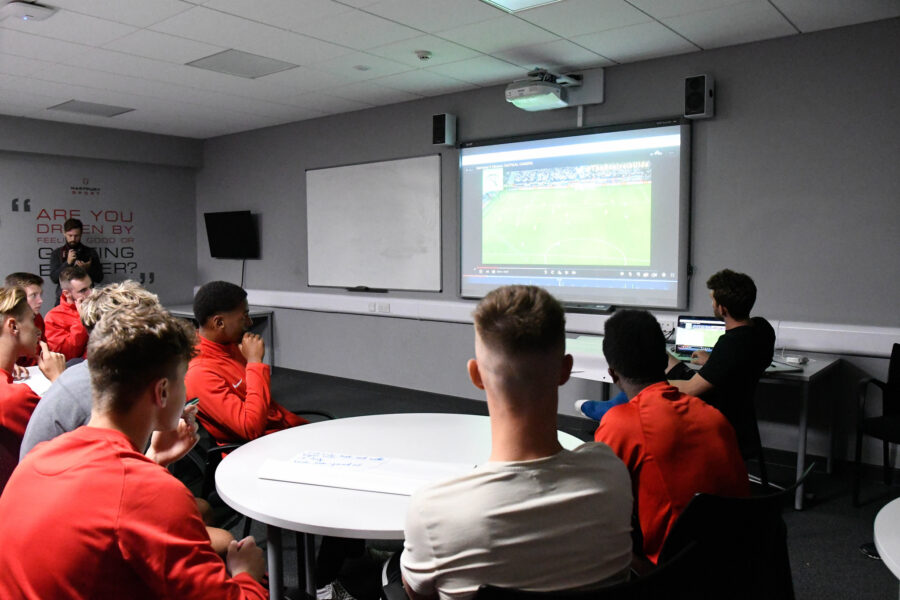Video isn’t the enemy. Some coaches have gotten some wrong impressions about its usefulness, but we’re here to help dispel those notions.
Changing your workflow can seem like a daunting process and this thought process has developed several myths about video analysis. Some coaches think it’s not necessary. Others believe in it but deem it too complicated to be worth the hassle.
Don’t fall into that trap. Learning to effectively use video can help your team take several steps forward and provide breakthroughs previously unseen.
To prove it, we’re going to knock down some of the most common myths we see that prevent teams from utilizing video. In a few minutes, hopefully any fears you have regarding video analysis will be dispelled.
1. Video analysis marginalizes your coaching experience and doesn’t utilize your intuition.
Incorporating video isn’t asking for your knowledge and experience to be replaced. It’s not taking your headset and placing it on an iPad.
Video is simply another tool that, when combined with everything you’ve seen and learned as a coach, can uncover new insights. Even the best coaches have one shared flaw - our minds simply aren’t capable of being truly objective. Science has shown that the human brain always harbors biases, even if we aren’t conscious of them.
Video helps clear those thoughts and bring the brain back to reality. Your emotions in the heat of the moment may have you remembering the events of the game incorrectly, but watching the video afterward provides focus and clarity as to what actually occurred.
2. It takes too much time and requires some serious technology chops.
Creating videos is actually a breeze. All you need is a camera, iPad or even a phone to film the event, and finding a qualified candidate to record isn’t hard. That video is automatically uploaded to Hudl, where you can tag for data or let Assist do it for you.
Now every clip you could want is available within a few clicks. Want to see all your top shooter’s attempts from the right corner? Simply click on that spot on a shot chart and every clip is right there. Need to see why your opponent had so much success on third-and-long situations Friday night? All those plays are congregated in one space, allowing you quick and easy access to figure out where your scheme broke down.
You don’t have to be a tech genius to thrive with video. Hudl peels back the technology curtain and lets you inside.
3. It clutters athletes' minds and gives them too much to think about.
It’s true that too much of a good thing can actually be bad. If athletes are subjected to too much information, they might overthink or react more slowly during games.
But that doesn’t have to be the case. This is where your feel and grasp of your team really kick in. Maryland’s Mark Turgeon generally keeps his video sessions to 12 minutes or less. Duke basketball’s sessions vary in length, but the coaching staff places a heavy emphasis on having players watch video one on one with coaches.
You know your team and your athletes individually. You know what makes them tick and how they’ll respond to different types of teaching. Video isn’t necessarily a one-size-fits-all tool. Use your experience to know how and when to approach each situation and you’ll see the benefits of video roll in.
If you are able to strike the right balance, you’ll see the positive effects immediately. Video helps prepare athletes for future opponents, helps them break out of slumps and understand teaching better. It’s one thing to tell an athlete something, but when you can physically show him, those insights hit home much more effectively.
